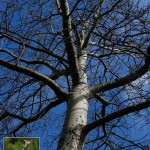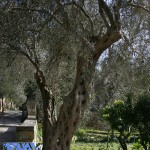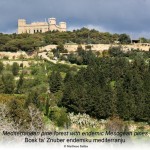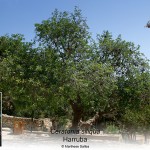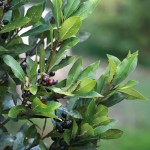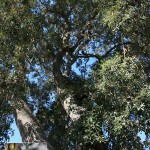Buskett is by and large owned by the Malta Government and has a total area of circa 473,694.50 m² (47 Hectares). It is a small woodland area inland located in the Western / South Western coast of Malta. Buskett is also of special importance as a site of ecological and nature conservation owing to it being the only example of a semi-natural woodland in the Maltese Islands possessing a variety of endemic and rare species needing protection.
This Woodland as a whole contains also areas of archaeological and historical interest. These include Punic Catacombs, Bronze Age Cart Ruts in the limestone garigue, underground Flour Mills and a Hunting Lodge commissioned by the Grandmaster Jean De La Valette (1557-1595.) This site is also considered as a special important site of ecological and nature conservation possessing a variety of endemic and rare species needing protection. It is designated as a Natura 2000 Special Area of Conservation.
Specifically, the project area, is a Natura 2000 site (both a pSCI and an SPA) and therefore of European importance. The area has a concentration of certain Annex I habitats that is unparalled in the Maltese Islands. The habitats targeted by the project include the following:
9540 Mediterranean pine forests with endemic Mesogean pines
9320 Olea and Ceratonia forests
92A0 Salix alba and Populus alba galleries
5230 *Arborescent matorral with Laurus nobilis
9340 Quercus ilex and Quercus rotundifolia forests
(source: Natura 2000 Data form)
Action has to be taken in order to safeguard or improve the conservation status of such habitats. The state of the supporting structures for these habitats, that is the retaining walls, require repairs/restoration and reconstruction at varying degrees. The watercourse at the valley bed which provides the water supply to the Populus alba galleries is at risk if the retaining walls and the remaining arched buttresses collapse.
The objectives of the project are the following:
- To protect the watercourse and its banks supporting the Annex I priority habitat *Arborescent matorral with Laurus nobilis and Annex I Salix Alba and Populus alba galleries, and other trees characteristic of riparian woodland, such as Fraxinus angustifolia and Ulmus sp, through (i) the repair/restoration/rebuilding of the retaining walls that define the watercourse; and (ii) the reduction of soil and debris that make their way down to the watercourse from the valley sides causing sedimentation in, and occlusion of, the watercourse.
- To protect the stability of the substratum on the valley sides supporting the following Annex I habitats: *Arborescent matorral with laurus nobilis, Mediterranean pine forests with endemic Mesogean pines, Olea and Ceratonia forests, and Quercus ilex and Quercus rotundifolia forests.
- To remove alien invasive species that compete with targeted habitats and plant new trees characteristic of the targeted habitats.
Mitigation measures include:
- The retaining walls and arched buttresses along the watercourse will be repaired, restored and/or rebuilt. Such soil stabilisation measure, apart from consolidating the definition of the watercourse itself will reduce the deposition and sedimentation of soil and debris on the watercourse coming down from the valley sides. Signs to guide visitors in proximity to the watercourse will be put in place.
- The introduction of soil stabilisation measures which include repairing, restoring/rebuilding retaining walls along the watercourse (not included in Action above) and those that support the substratum on the valley sides. Other soil stabilisation measures, such as the placing of geo-textile material, mulches over exposed areas, and dead wood to serve as obstruction structures will also be put in place. The action at the upper sides of the valley will complement the interventions along the watercourse since the down slope movement of soil and debris will be checked at various levels on the sides of the valley. Signs to guide visitors along the targeted areas will be put in place.
- Selective removal of silt and boulders from parts of the watercourse that are affecting negatively the targeted habitats.
- Removal of alien species that are competing with native species.
- Planting of new trees characteristic of the targeted habitats.
- Restoration of footpaths to reduce damage from random trampling by visitors



